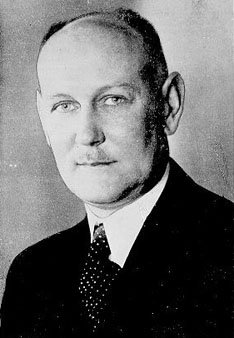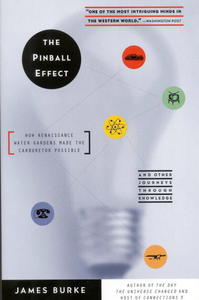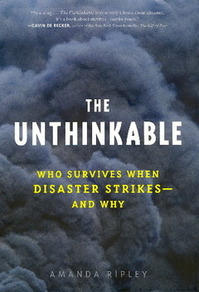(p. 40) Antoni van Leeuwenhoek was a scientific superstar. The greats of Europe traveled from afar to see him and witness his wonders. It was (p. 41) not just the leading minds of the era—Descartes, Spinoza, Leibnitz, and Christopher Wren—but also royalty, the prince of Liechtenstein and Queen Mary, wife of William III of Orange. Peter the great of Russia took van Leeuwenhoek for an afternoon sail on his yacht. Emperor Charles of Spain planned to visit as well but was prevented by a strong eastern storm.
It was nothing that the Dutch businessman had ever expected. He came from an unknown family, had scant education, earned no university degrees, never traveled far from Delft, and knew no language other than Dutch. At age twelve he had been apprenticed to a linen draper, learned the trade, then started his own business as a fabric merchant when he came of age, making ends meet by taking on additional work as a surveyor, wine assayer, and minor city official. He picked up a skill at lens grinding along the way, a sort of hobby he used to make magnifying glasses so he could better see the quality of fabrics he bought and sold. At some point he got hold of a copy of Micrographia, a curious and very popular book by the British scientist Robert Hooke. Filled with illustrations, Micrographia showed what Hooke had sen through a novel instrument made of two properly ground and arranged lenses, called a “microscope.” . . . Micrographia was an international bestseller in its day. Samuel Pepys stayed up until 2:00 A.M. one night poring over it, then told his friends it was “the most ingenious book that I ever read in my life.”
Van Leeuwenhoek, too was fascinated. He tried making his own microscopes and, as it turned out, had talent as a lens grinder. His lens were better than anyone’s in Delft; better than any Hooke had access to; better, it seemed, than any in the world. . . .
(p. 42) Then, in the summer of 1675, he looked deep within a drop of water from a barrel outside and became the first human to see an entirely new world. In that drop he could make out a living menagerie of heretofore invisible animals darting, squirming, and spinning.
Source:
Hager, Thomas. The Demon under the Microscope: From Battlefield Hospitals to Nazi Labs, One Doctor’s Heroic Search for the World’s First Miracle Drug. New York: Three Rivers Press, 2007.
(Note: ellipses added.)
The example above is consistent with Baumol’s hypotheses about formal education mattering less, in the initial stages of great discoveries. (And maybe even being a hindrance).
See:
Baumol, William J. “Education for Innovation: Entrepreneurial Breakthroughs Versus Corporate Incremental Improvements.” In Innovation Policy and the Economy, edited by Adam B. Jaffe, Josh Lerner and Scott Stern, 33-56. Cambridge, Mass.: MIT Press, 2005.
The example is also consistent with Terence Kealey’s claim that important science can often arise as a side-effect of the pursuit of business activity.
See:
Kealey, Terence. The Economic Laws of Scientific Research. New York: St. Martin’s Press, 1996.





